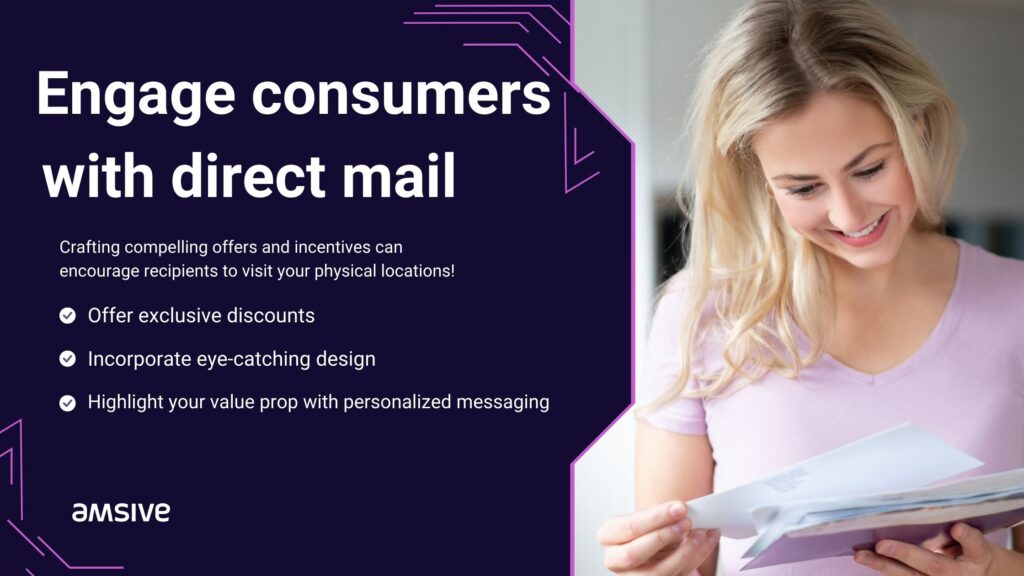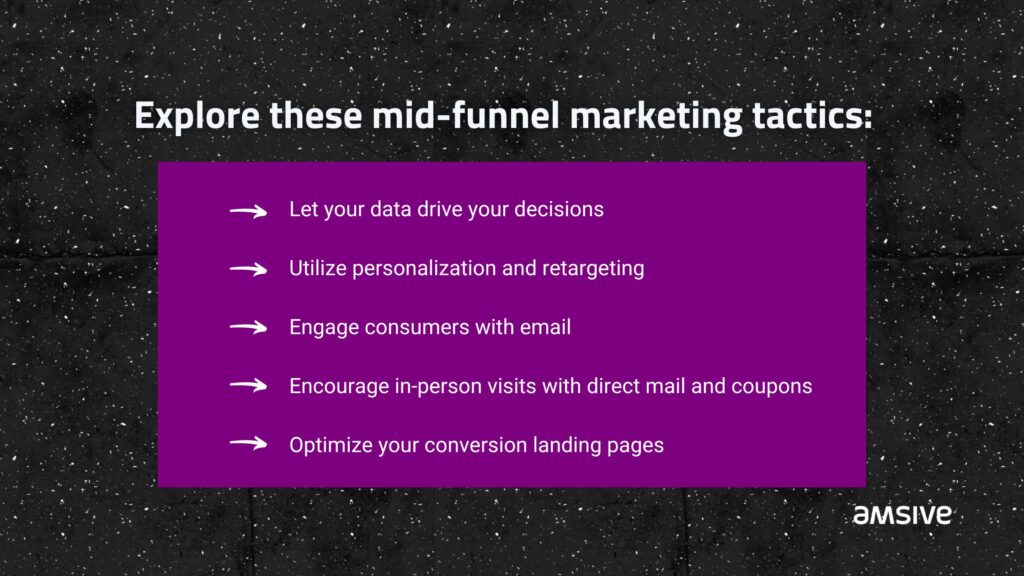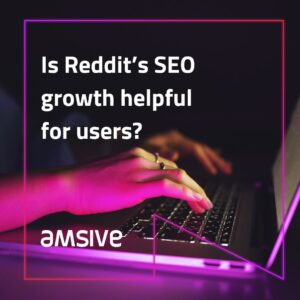As consumers navigate a crowded marketplace, marketers are putting the mid-funnel under a microscope. Consumers lingering in the mid-funnel are caught between the top and the bottom of the funnel—they’re aware of their choices and may be curating a decision set, but haven’t reached the point where they’re ready to make a conversion.
Differentiating yourself from your competitors and keeping your brand in the consumer’s sphere of consideration is paramount when marketing to consumers who are lingering in the mid-funnel. By the time they’ve reached the consideration phase, they have not only identified a problem that they’re trying to solve, but are looking at the array of solutions available to them.
Here’s a guide to capturing their attention and guiding them from their phase of consideration to the point at which they’re ready to make a purchasing decision.
Jump To:
Identify what segment of your audience is in the mid-funnel
Identifying your audience’s composition, behaviors, and preferences helps you tailor your marketing efforts to resonate more closely with them. What does your mid-funnel audience have in common with buyers who have already taken the plunge and converted? What do they have or do differently? While this may not always be a clear picture, overlaying these two audience segments may help you identify a gap in your current marketing strategy.
Understanding your audience’s motivations and pain points will help you create content that addresses their concerns and showcases your product or service as a solution. This can also help you funnel your ad spend to the most appropriate channels and platforms to reach your mid-funnel target audience. Whether it’s direct mail, email, social media, or paid media, knowing the most effective methods of reaching your audience at a crucial consideration stage will increase the likelihood of them moving further down the funnel.
Use this deep knowledge of your audience to continually adapt and refine your mid-funnel tactics. Keeping a close eye on your ROI and engagement rates will ensure that your marketing efforts and content resonate with your audience.
Build compelling consideration-stage content
When consumers are in the consideration stage, they’re more than likely exploring the pros and cons of potential solutions and evaluating which is best for their needs. It’s important to provide information that may guide them to the conversion stage in a format that will draw and hold your target consumer’s attention. If your target audience is Gen Z, for example, consider the way that they look for information. Younger generations are increasingly using social media as a search engine, so creating video content or partnering with an influencer may be more effective than running a paid search ad on Google.
Marketers can leverage personas and customer decision journeys to gain a deep understanding of diverse consumer needs. These personas can outline audience demographics, preferences, pain points, and behaviors, allowing marketers to create more personalized messaging and pinpoint who they’re targeting. Personas can be mapped or created by gathering data on customer profiles, conducting informal interviews, or utilizing AI to comb through larger sets of consumer data. Mapping the customer decision journey of these users can help define the path that they take from awareness to purchase, identifying high-traffic touchpoints.
Creating materials that speak specifically to consumers in the consideration stage can include:
Comparison Charts
Creating product comparison charts gives consumers a holistic picture of how your product offering compares with other benefits and prices across alternatives.
Buyer Guides
Buyer guides offer detailed insights, tips, and recommendations based on the product’s features, empowering consumers to make a more informed decision and guiding them further down the marketing funnel.
Influencer Comparison Reviews
Incorporating reviews created by influencers can offer a more authentic product experience, showcasing tips, recommendations, and experiences that they’ve had or gained by using your product.
Customer Testimonials
Similar to influencer comparison reviews, customer testimonials will give consumers better insight into how your product or service has improved their lives. This can resonate with your consumers and address their pain points, leading them to purchase.
Identifying which format will generate the most engagement and drive the action that you desire can help inform what kind of strategy you build and target for the mid-funnel stage.
Once you have a grasp on your target consumer’s content preferences, you can more closely align your messaging.
Let your data drive your decisions
Letting data drive decisions for mid-funnel marketing tactics is important to optimizing your ROI. Leveraging this data will help you make more informed decisions around the tactics you want to employ to nurture leads and conversions. For example:
Engagement by audience segment
By employing audience segments and personalizing content and messaging, marketers can employ the most engaging and relevant experience to potential customers.
Engagement by channel
Understanding how consumers are reaching you can also inform the channels that you invest in. Consider appending UTM codes to your URLs for tracking purposes when possible.
Engagement by pain point
The mid-funnel comes down to progressively answering customer questions to help them progress toward a decision. We can learn what they’re looking for by observing things like search data, content consumption behavior, and social media engagement. This data can point to what content we need to put in front of them to help them move to the next phase.
Engagement by intent
The customer’s intent can help marketers gauge when it’s appropriate to put conversion-oriented content or ads in front of them. With the information gleaned from search, social, and content, we can identify what types of searches or behavior will signify intent and use those to trigger lower-funnel assets.
If you need to gather more data on your audience’s habits, consider A/B testing different types and channels. This can help you test and refine your messaging and delivery, helping you optimize your content and delivery over time.
Analyzing data on user interactions, click-through-rates, and conversion metrics will help you identify which combination of personalized messages and retargeting for the greatest result.
Utilize personalization to drive continued engagement
Consider combining personalization and retargeting to target mid-funnel consumers. Personalized retargeting ads can help highlight products or content based on the consumer’s past interactions, helping guide consumers further down the funnel. By delivering personalized messages through retargeting campaigns, you can address specific pain points or objections that may have diverted a conversion in the past, nudging customers closer to a purchase decision.
For example, if someone engages with content via search, we can target them with personalized in-feed social media content to drive continued engagement based on their search behavior. If someone adds an item to their cart but abandons the purchase, we can retarget with display ads to encourage them to come back. We can apply this to any channel, but the goal remains the same: utilize what we learn about customers through observing their behavior to continually make the experience more personalized to their needs.
Identifying channels with high ROI, like email, and sending personalized messages and product recommendations can help reengage potential customers.
With the average consumer checking their email repeatedly on a daily basis, email is one of the most effective channels to reach mid-funnel consumers. Employing automation tools to trigger emails based on specific actions like website visits, content downloads, or cart abandonment can help re-engage potential customers and nurture them. Automated drip campaigns can deliver emails over time, gradually educating consumers about your products or services while encouraging them to take the next step toward conversion.
Incorporating dynamic content and personalization techniques into your emails enhances engagement and encourages conversion and interaction. Tailor your email to match consumer preferences and interests of individual recipients, including personalized subject lines, dynamic product recommendations based on past interactions, targeted calls-to-action, and showcasing testimonials from similar customers.
You can also engage consumers by encouraging other actions around conversion, including a discount code or, where applicable, in-person visits.
Encourage in-person visits with direct mail and coupons
Crafting compelling offers and incentives can encourage recipients to visit your physical locations. Doing this can include:
- Exclusive discounts, limited-time promotions, or freebies that can encourage consumers to take action
- Personalized messaging to highlight your value proposition and the benefits of visiting in person
- Eye-catching designs, vivid imagery, bold colors, and clear calls-to-action can increase the chances of a consumer visiting your store to use their discount
If you’re interested in sending direct mail but don’t have a physical location, you can incorporate QR codes or personalized URLs to allow a consumer to access discounts and promotions online.

Lock in your mid-funnel leads
Once you’ve gotten your consumers’ attention, it’s crucial to optimize your corresponding landing pages and materials for the bottom of the funnel. Ensuring that your landing pages align with messaging that’s consistent with your mid-funnel marketing materials, provide relevant information and compelling calls-to-action to encourage further engagement can ultimately lead to conversion. This optimization can ensure that the momentum generated through personalized content is sustained and capitalized as users transition from consideration to action.
As the mid-funnel marketing strategy is refined, marketers need to lean into intent signals and use those as opportunities to push people forward. If you continue to exclusively engage them with mid-funnel content, the likelihood of a conversion may lessen. At the very least, you’re driving up your cost of acquisition. At worst, you may lose them to competitors who show them conversion-focused assets.

When consumers get stuck in the mid-funnel, marketers risk losing them to competitors unless they act. Fortunately, there are a lot of consumer behaviors that marketers can use to identify what they need so we can personalize our engagement with them moving forward — but keep in mind that competitors have access to that data, too, so marketers must move quickly.
Learn more about creating cross-channel cohesion in a fragmented multichannel marketing landscape, or let’s talk about achieving more for your marketing—and your business.






